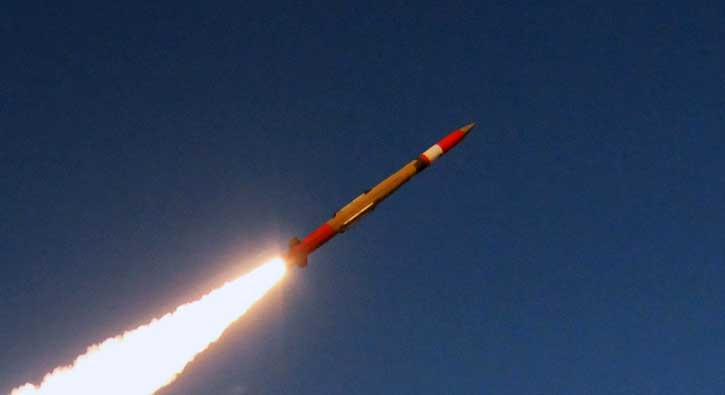Lockheed Martin has received a $6.07 billion contract from the U.S. Army for the production of Patriot Advanced Capability-3 (PAC-3) Missile Segment Enhancement (MSE) interceptors and associated equipment, to be delivered across FY21, FY22, and FY23 contract years.
PAC-3 MSE provides the latest enhancement of the MIM-104 Patriot weapon system. The system leverages an advanced multi-mission interceptor that expands the Patriot weapon system’s capability against advanced tactical ballistic missiles, cruise missiles, and aircraft. The contract calls for the production and delivery of PAC-3 MSE interceptors, launcher modification kits, associated equipment, and non-recurring efforts to support the United States and global customers. Ten nations – the United States, Qatar, Japan, Romania, Poland, the United Arab Emirates, Sweden, Korea, Bahrain, and Germany – have signed agreements to procure PAC-3 MSE interceptors.
With a large, dual-pulse solid rocket motor the PAC-3 MSE interceptor extends the intercept range and height, compared to legacy PAC-3. The larger control fins and upgraded actuators increase maneuverability adding to the improved kinematics. The missile retains the PAC-3 Hit-To-Kill technology. The system achieved the Initial Operating Capability in 2016. Lockheed Martin has also improved the PAC-3 interceptors under the PAC-3 Cost Reduction Initiative (CRI), intended to improve the reliability and readiness of fielded PAC-3 missiles.

“This contract demonstrates our customer’s continued confidence in our ability to deliver unmatched Hit-to-Kill technology that defeats the ever-expanding global threats of today and tomorrow,” said Scott Arnold, vice president, Integrated Air & Missile Defense at Lockheed Martin Missiles and Fire Control.
To meet customer demand and increase production capacity, Lockheed Martin is currently building an 85,000-square-foot expansion at the Camden, Arkansas, facility where PAC-3 MSE interceptors are assembled. The building is expected to be complete by the fourth quarter of 2021, with operations beginning in the first quarter of 2022.




















